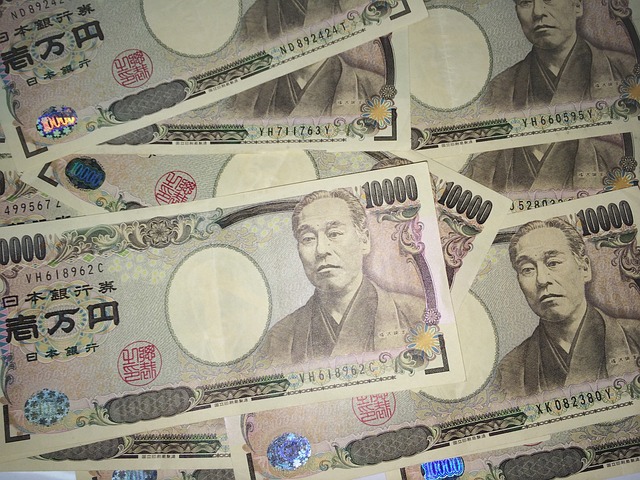The yen dropped significantly on Wednesday after a key Bank of Japan official downplayed the likelihood of an imminent rate hike, alleviating investor fears that another surge in the Japanese currency could destabilize global markets.
Following comments from BOJ Deputy Governor Shinichi Uchida, the yen fell about 2.5% to a session low of 147.94 per dollar. The dollar last traded at 146.94 yen, up 1.79%.
“Given the sharp volatility in both domestic and international financial markets, it’s essential to maintain the current level of monetary easing for the time being,” Uchida stated.
Uchida’s remarks contrasted with the hawkish tone of Governor Kazuo Ueda’s comments the previous week when the BOJ unexpectedly raised interest rates. These comments helped lift Japanese stocks, which ended the week nearly flat.
Last week’s rate hike by the BOJ, coupled with intervention from Tokyo in early July, had prompted investors to exit popular carry trades, where traders borrow yen at low rates to invest in higher-yielding assets.
The unwinding of these carry trades, combined with weak U.S. jobs data and concerns about an artificial intelligence bubble, caused global stocks to tumble this week, including a 12% crash in Japanese equities on Monday.
“The dramatic movements in equities make for great stories, but they don’t necessarily indicate a greater economic catastrophe. I just don’t see it,” said Joseph Trevisani, senior analyst at FX Street in New York.
Wall Street’s major indexes rose on Tuesday and Wednesday, supported by big technology names such as Nvidia (NASDAQ) and Amazon (NASDAQ).
The U.S. dollar index, which measures the currency against six major rivals, rose 0.12% to 103.1, inching further above the seven-month low of 102.15 reached on Monday.
“It’s increasingly clear that the BOJ’s hawkish turn last week could be a policy mistake,” said Alvin Tan, head of Asia FX strategy at RBC Capital Markets. “Japan’s economy is in poor shape, particularly regarding domestic demand.”
CARRY TRADES
The yen’s decline was broad-based, with the Mexican peso, New Zealand dollar, and Australian dollar—all popular for carry trade investments—surging against it.
Similarly, the Swiss franc, another currency often used to fund carry trades like the yen, was down about 1.36% to 0.863 per dollar.
The euro remained flat at $1.093, down from the eight-month high of $1.101 hit on Monday as the dollar fell. Sterling was up 0.21% at $1.272.
Traders had ramped up bets on Federal Reserve rate cuts on Monday after an unexpected rise in the unemployment rate on Friday, at one point pricing in over 125 basis points of reductions this year.
These bets have gradually decreased, and by Wednesday, traders were expecting 100 bps of easing this year and a 62% chance of a 50 bp cut in September, compared to a near certainty on Monday.
“I think people are starting to look more closely at the details of what’s happening in the labor market, and are concluding that things are not deteriorating as quickly as initially thought,” said Stephen Miran, senior strategist at Hudson Bay Capital.
